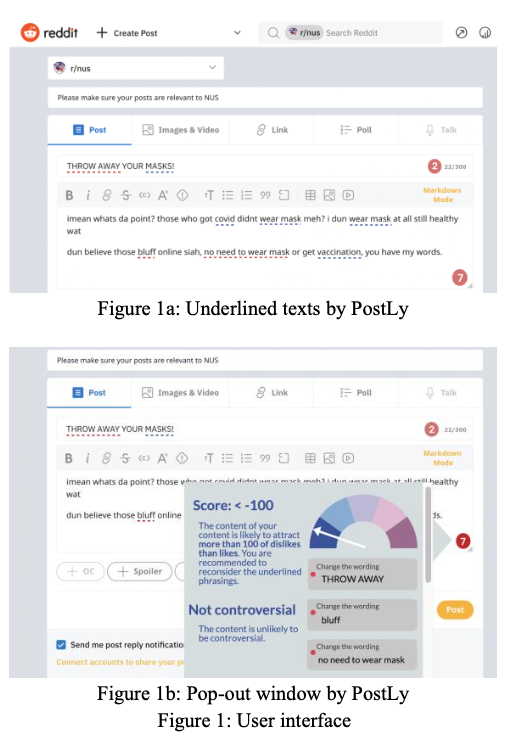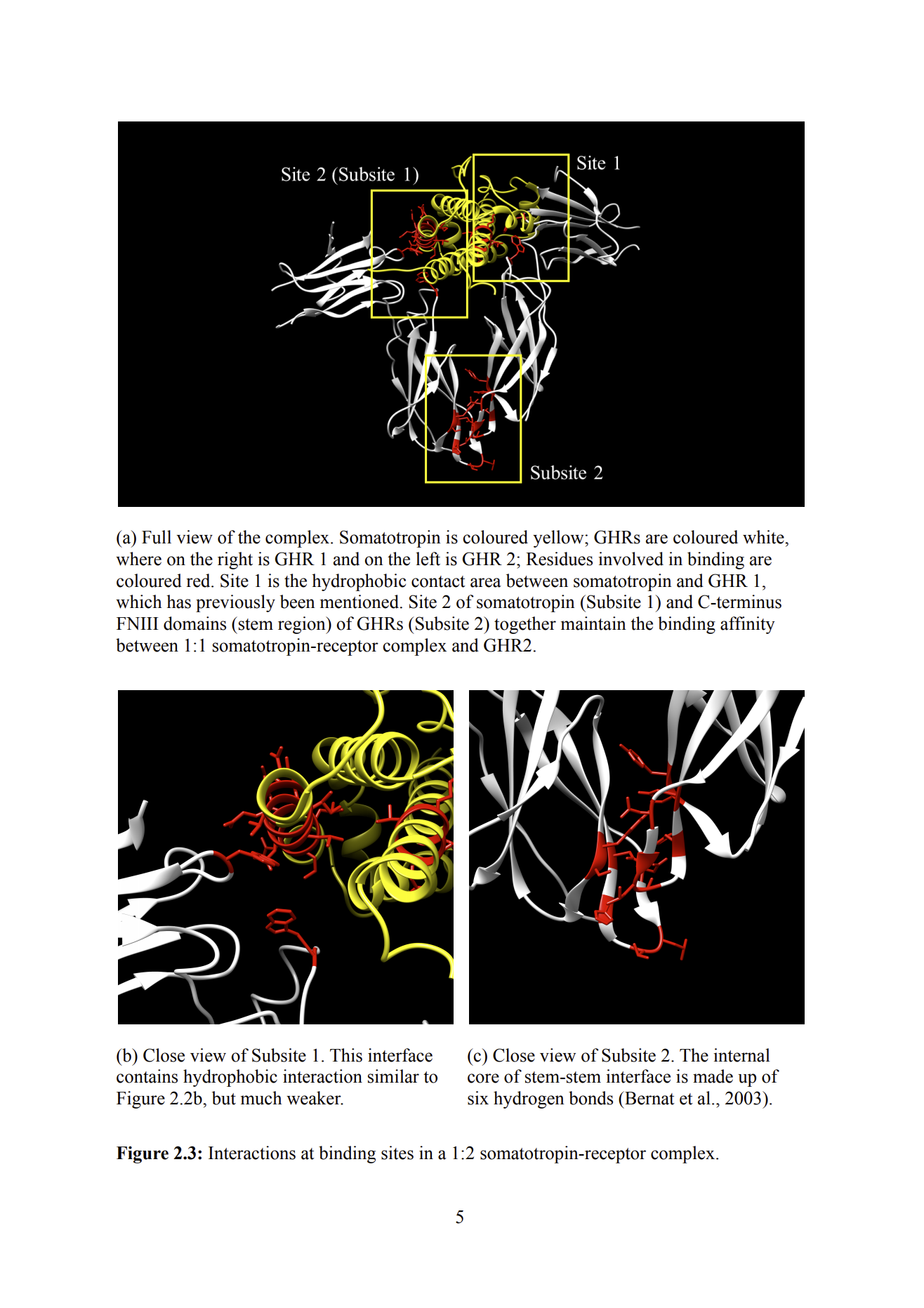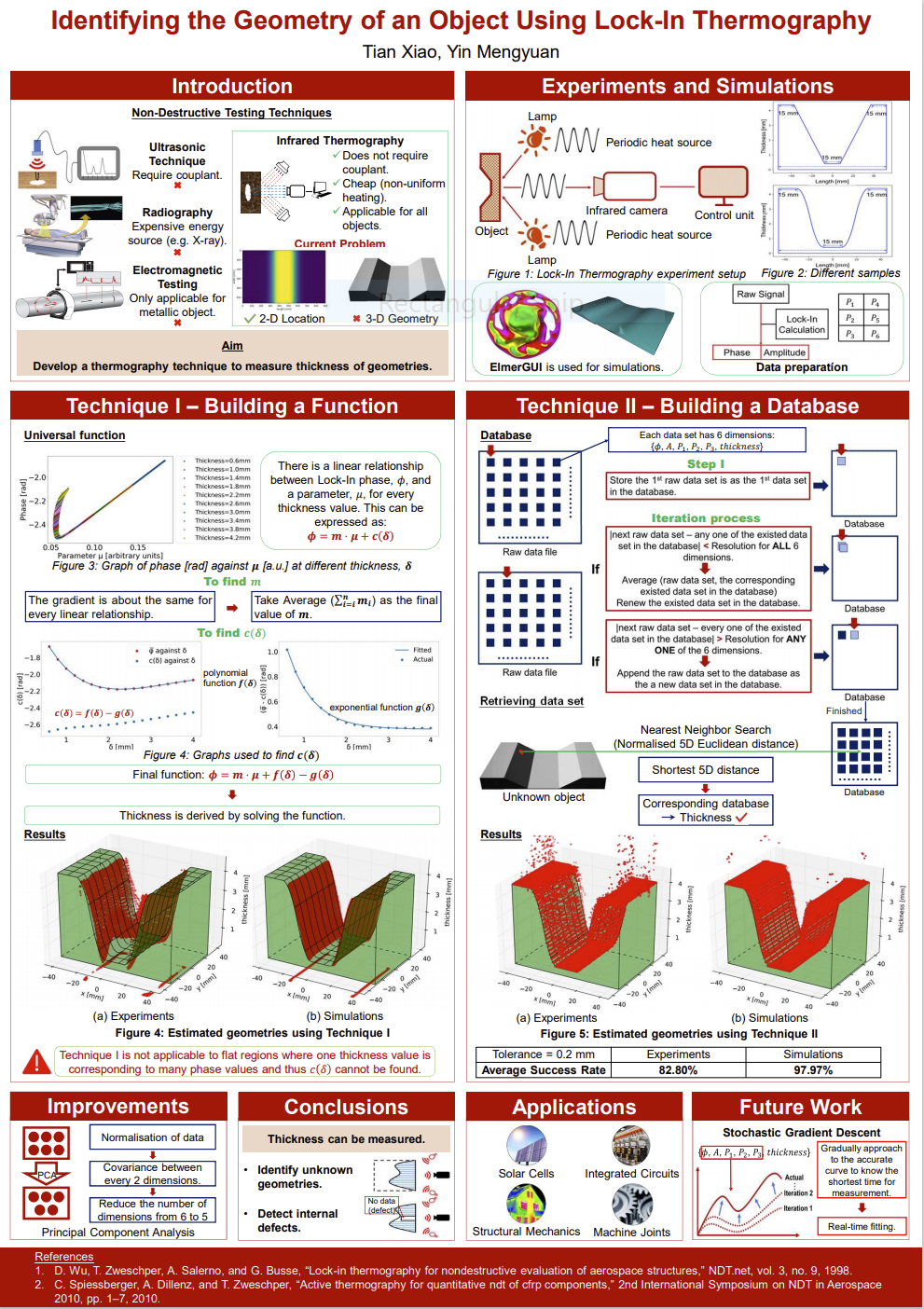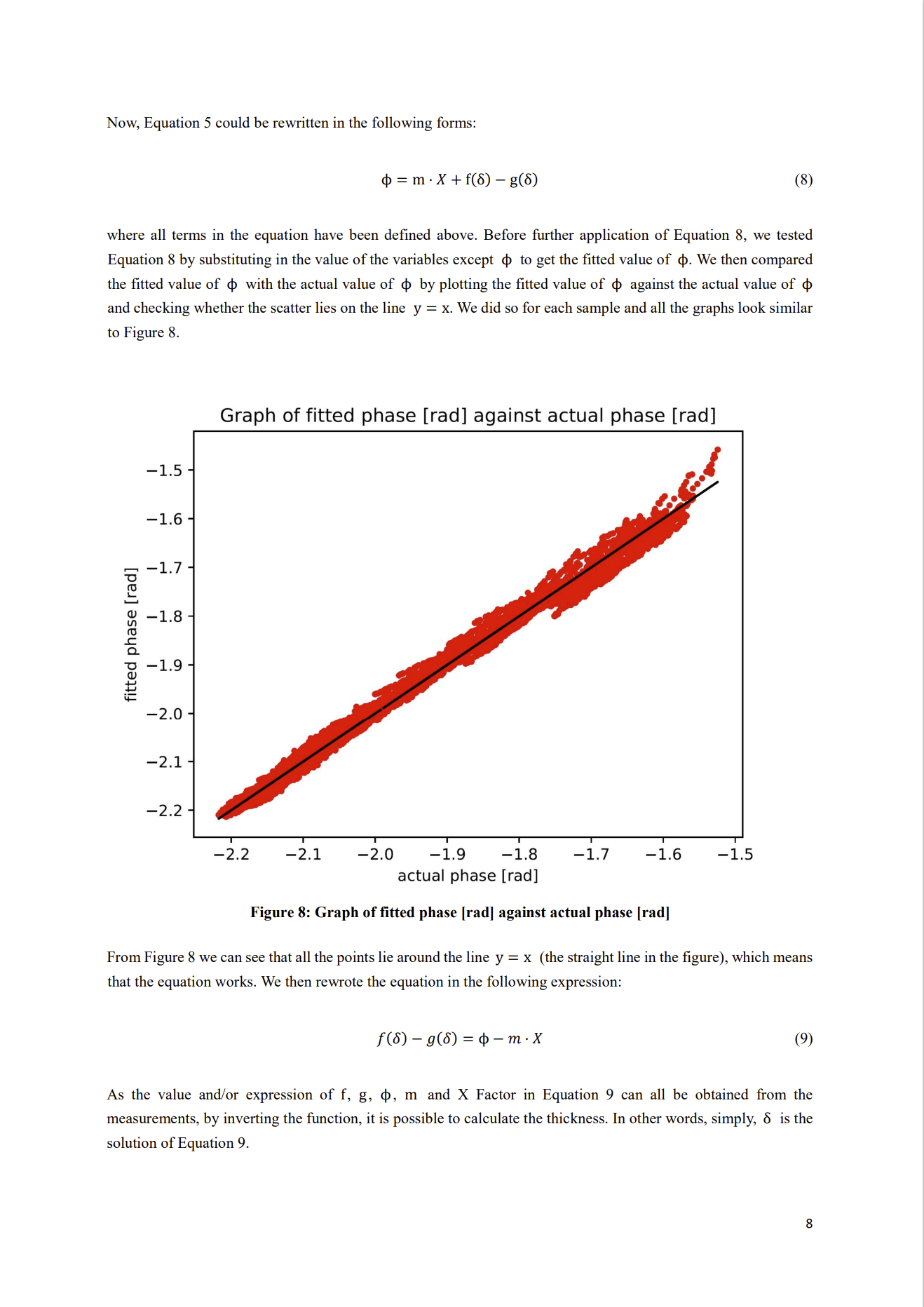Tian Xiao @snoidetx

National University of Singapore
Welcome to my website! This website consists of three parts - my portfolio, my research projects as well as my academic resources. Click on the tabs at the top to switch between parts!
| Home | Research | Resource |
(65) 8510 6059 • tianxiaos1202@gmail.com • tianxiao02@u.nus.edu • LinkedIn • Github
My Research
Here are the research projects that I have done before. Please contact me via email should there be any further enquiries. (updated on 31/05/2022)
Note
The content of snoidetx.github.io will be completely moved to Snoidepaedia, and this page will be depreciated as a result. However, you can use this page normally at this moment.
 |
Predicting Scores and Controversialities of Reddit Posts Using Machine Learning |
|---|---|
| Overview | J. Fan, J. Han, B. Li, X. Tian, Z. Xin · 2022 Abstract Reddit posters may post contents that invoke disagreements and disputes, but in many cases they would not foresee these to happen. The extent of disagreements and disputes can be quantified by the score and controversiality data from the Reddit dataset. We aim to predict these two quantities based on the content of posts. In this report, we explored 9 machine learning models and 3 deep learning models and compared their performances. The best-performing models will be adopted as the driving core of our application – “PostLy”, through which we are able to provide timely feedback and suggestions for posters about their drafts to help them make better decisions. We also include the main features and user interfaces of PostLy to demonstrate how it can be used together with Reddit. Link to Full Text [Local Archive] |
| Gallery |  |
 |
Somatropin and Growth Hormone Deficiency |
|---|---|
| Overview | J. Fan, X. Tian · 2021 Special credit to Dr Mok for his patience and empathy along the way! Abstract Somatropin is a type of drug used to complement natural somatotropin secreted by human pituitary gland in treating growth hormone deficiency. Its working mechanism is identical to somatotropin - binding to somatotropin receptors, activation of receptors and therefore activation of two signaling pathways, namely JAK-STAT pathway and MAPK pathway. Somatropin is conventionally produced through recombinant DNA technology, which is time-consuming and requires daily administration. More advanced techniques have been developed to improve such drawbacks. Link to Full Text [Local Archive] |
| Gallery |  |
 |
Identifying the Geometry of an Object Using Lock-in Thermography |
|---|---|
| Overview | X. Tian, M. Yin, H. Goh · 2019 Abstract Lock-in Thermography (LIT) is a type of Infrared Thermography (IRT) that can be used as a useful non-destructive testing (NDT) technique for the detection of subsurface anomalies in objects. Currently, LIT fails to estimate the thickness at a point on the tested object. This makes LIT unable to figure out the 3-dimensional geometry of an object. In this project, two techniques of identifying the geometry of an object using LIT are discussed. The main idea of both techniques is to find a relationship between the parameters obtained from LIT and the thickness at each data point. Technique I builds a numerical function that models the relationship between thickness, Lock-in phase, and other parameters. The function is then inverted for thickness estimation. Technique II is a quantitative method, in which a database is created with six dimensions - thickness, Lock-In phase, Lock-In amplitude and three other parameters, based on data obtained from LIT experiments or simulations. Estimated thickness is obtained by retrieving data from the database. The database can be improved based on Principal Component Analysis. Evaluation of the techniques is done by measuring root-mean-square deviation, and calculating successful rate with different tolerances. Moreover, during the application of the techniques, Stochastic Gradient Descent can be used to determine the time when sufficient data have been collected from LIT measurement to generate the estimated geometry accurately. Link to Full Text [arXiv] · [Local Archive] · [ResearchGate] |
| Gallery |  |
 |
Thermography - A Big Data Problem (Experiments) |
|---|---|
| Overview | X. Tian, H. Goh · 2019 Abstract In this paper, two techniques of identifying the geometry of objects using Lock-in Thermography (LIT) are discussed. Identifying geometries can be applied into many areas, such as global scanning and detecting interior ndefects. LIT is a widely used non-destructive technique (NDT) where a periodic power input is applied onto the surface of an object and the response signals are captured and analysed. Thousands of data points are obtained from each sample for analysis. The main idea of both techniques is to link the thickness of each data point to the response signal. With the thickness and the coordinates of each data point, the 3-dimensional geometry of the whole object can be obtained. Evaluation of the techniques include both root-mean-square deviation (RMSD), a common quantitative standard statistical performance evaluation measure, and calculation of successful rate with a tolerance. The results show that the second technique performs better than the first. Moreover, when applying the techniques, stochastic gradient decent (SGD) can be used to generate the geometry during the measurement, which makes the techniques more applicable. However, limitations of SGD in this case are also discussed. Link to Full Text [Local Archive] |
| Gallery |  |
All researches displayed in this page are produced by ©snoidetx. Please credit for reuse.